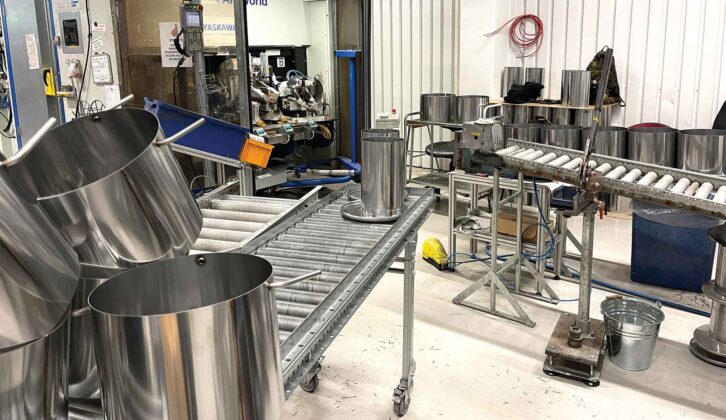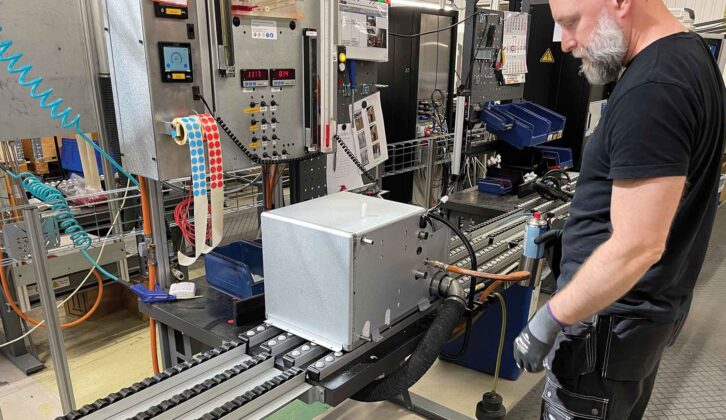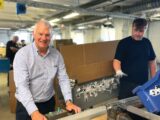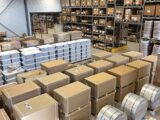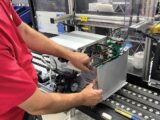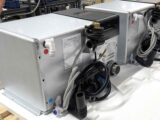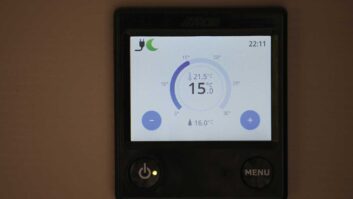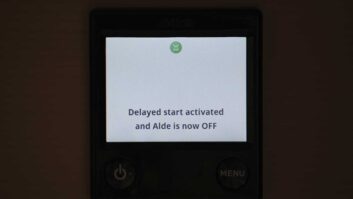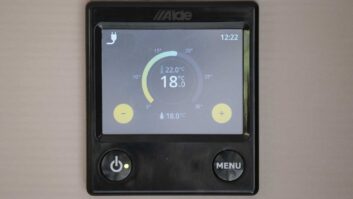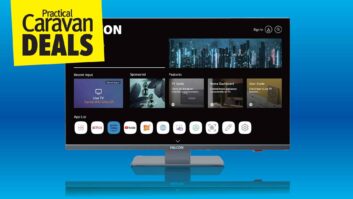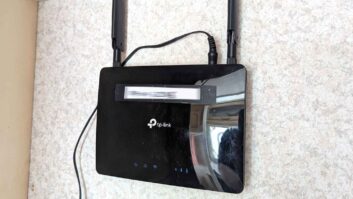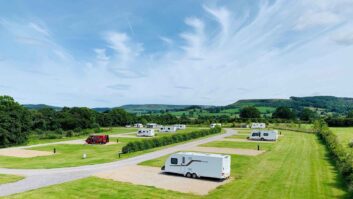We tend to take all of those fixtures and fittings in our van, such as the Alde 3030 boiler, for granted. They’re just there. We arrive at a campsite, press a few buttons and hey presto, the van warms up and there’s plenty of hot water.
The boiler is generally hidden away and just quietly gets on with the job. I’ve previously looked at tasks such as how to set your Alde 3030 to Night mode and how to set it to delayed start that can be done, but how do the various parts of this caravan essential come together?
Our story begins at the home of Alde, in the village of Färlöv in southern Sweden, where all the raw materials and smaller component parts (as many as possible locally sourced) arrive at the factory.
The process of constructing a 3030 boiler starts with a flat sheet of stainless steel, which is weighed and measured by a robot to ensure consistency and accuracy throughout.
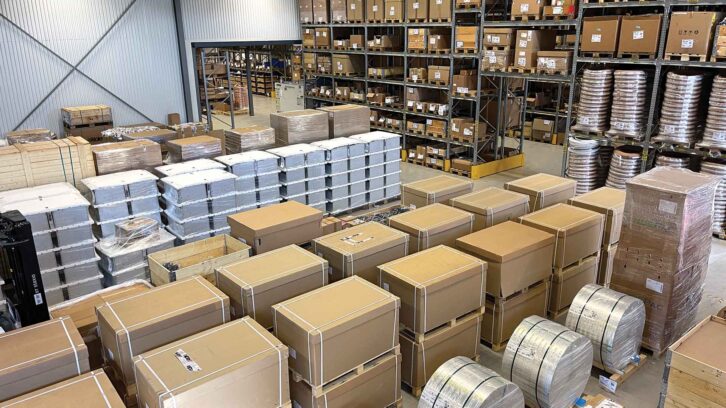
The sheet of stainless steel is fed onto a machine, which rolls it into a precise cylindrical shape that forms the basis of the boiler tube. The next step is to TIG weld the seam on the tube, adding no other material – the tube is just stainless steel.
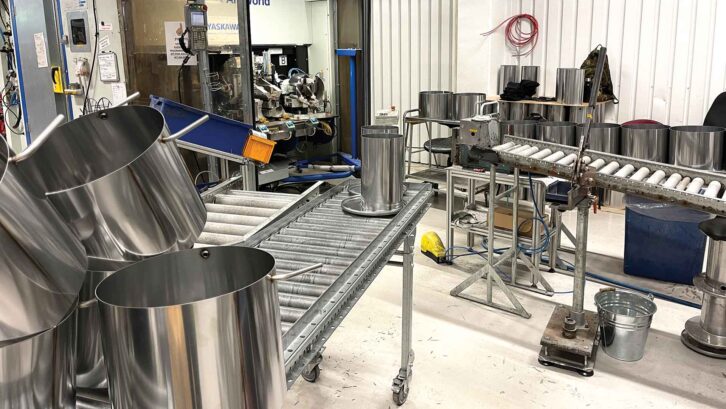
Then, in a fully automated process, the ends are welded into place before an aluminium casting and cylinder (for the burner unit) are added, and everything is pressure tested.
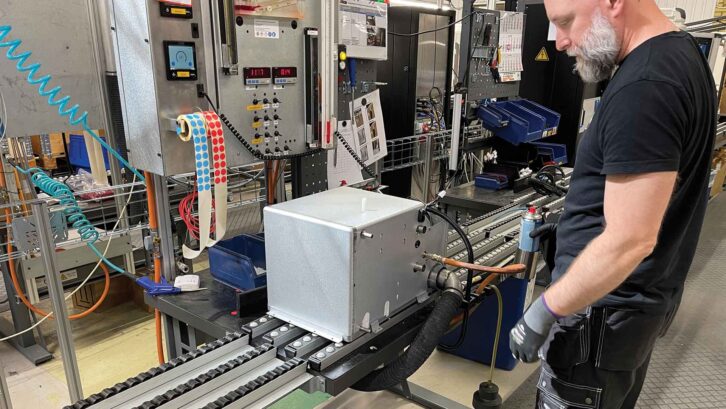
Added fittings
As the units proceed along the production line, the burner, gas valve and fan are installed, before the electronics and gas fittings are added, all being thoroughly tested along the way, of course. This means that in the highly unlikely event of there being any problems, they can easily be resolved there and then.
When it comes to the casing for the 3030 boiler (the outer ‘box’ that we see as end-users), that part is slotted together for ease of maintenance. So, should there ever be any problem in future, being slotted together avoids having to drill out rivets for dismantling purposes and then re-riveting – saving time, materials and expense.
At the end of the production line, the boiler is complete, but only after final testing will it be issued with a special bar code sticker (for traceability) and allowed to go into the dispatch area to await shipment.
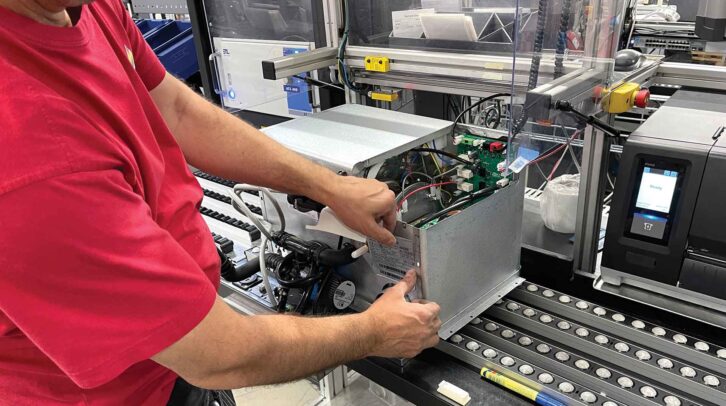
There are over 30 versions of the Alde 3030 boiler, but only one comes into the UK, although 90% are destined for export.
At the same time as the boilers are put together, in another part of the factory, the convectors are assembled.
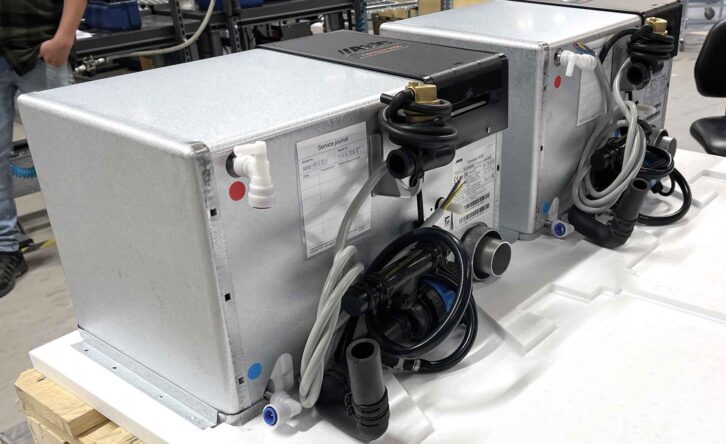
I’m unable to divulge just how the convectors are attached to 16mm and 22mm aluminium pipes, but suffice it to say, it’s so simple that it’s genius. I was permitted to assemble several of them myself – under strict supervision, of course!
The convectors go to the same dispatch area as the boilers (as well as lengths of pipe and various connections), all to await shipment.
The UK market
The second part of our boiler’s journey is when it arrives at Alde UK, near Wellingborough, in Northamptonshire. Alde UK supplies all UK caravan manufacturers directly.
Alde UK works closely with UK manufacturers in designing layouts for the heating systems, to ensure that they function as efficiently as possible, so in effect, every layout from every manufacturer receives its own bespoke design.
To that end, pipes are shaped and various connections added at Alde UK, which guarantees consistency and saves a lot of time for manufacturers during assembly of their products.
By working so closely with the manufacturers, the Alde team know precisely which layouts need supplying and when, so manufacturers will have the right parts at the right time. It’s all very clever.
Heading to Hull
When an order is complete, it’s shipped to the respective manufacturer. In our case, we followed the 3030 boiler (plus convectors and so on) to Coachman, in Hull, where I observed the construction of Coachman VIP 460 caravans.
The process, where the Alde system is concerned, starts with partially assembled sections of pipework being attached to the convectors. These are hidden from view in situ, by attaching them to the sidewalls before the bodies are assembled.
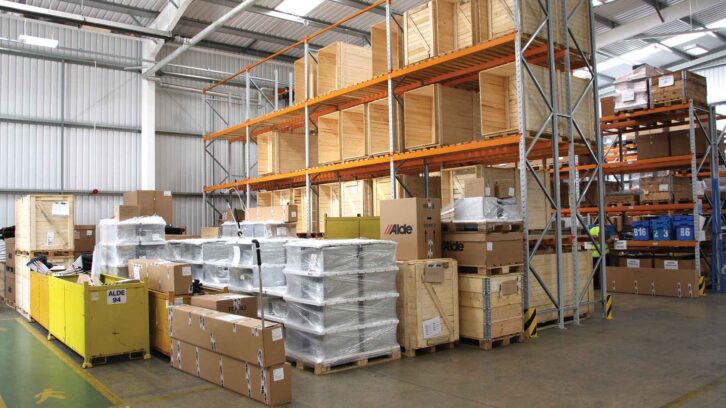
The system has been designed specifically for that van, so there are strategic points for bleeding air, accessing joints and so on.
Once the pipes and convectors have been attached to the walls, vent boards and other furniture are assembled around them.
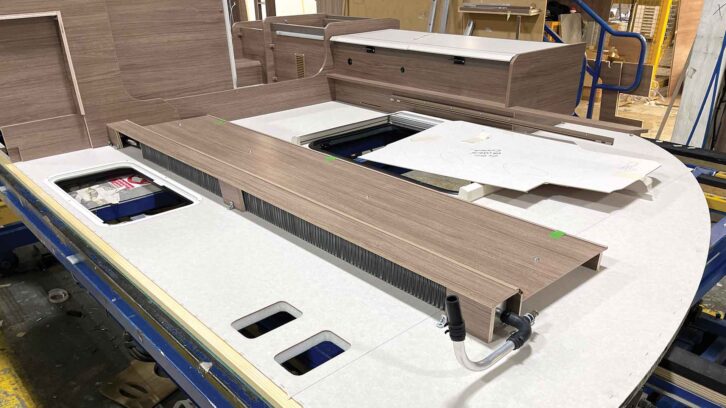
In most vans, the 3030 boiler is one of the final parts of the Alde system to be installed.
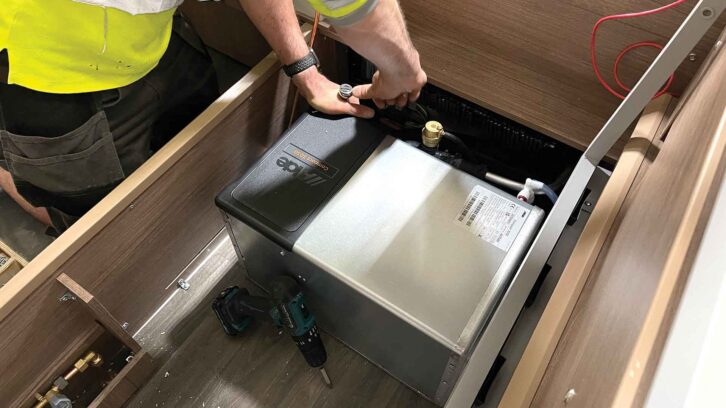
Towards the end of the caravan production line, the system is filled with glycol, using a pump designed by Alde, then checked to ensure all joints are sealed.
Quality checks
The finished caravan leaves the production line (having been quality inspected at every stage), but that’s not the end of the story for Coachman. Every single tourer it produces will have all of its systems checked for a minimum of 24 hours (including the Alde heating). Only when that 24-hour test has been passed is the caravan allowed to be dispatched to a dealership.
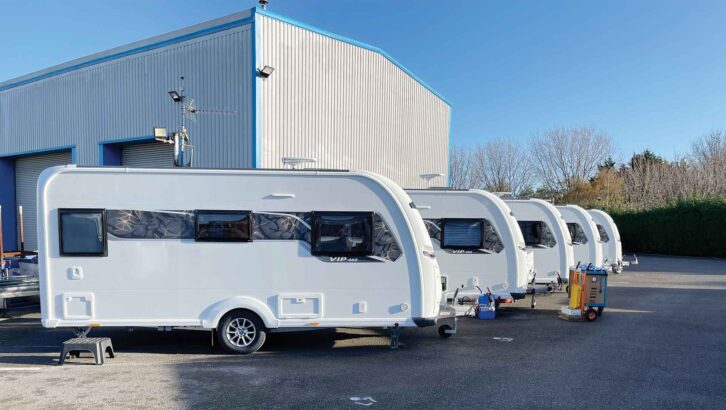
That, you might think, really is the end of the story, but it’s just the beginning. The 3030 boiler has been built and incorporated into a caravan, but that van is then going on to give long service and help its owners create happy memories.
If you’re after a bit of extra warmth when you’re in your tourer, don’t miss our guide to the best caravan heater, where we share our favourite portable options on the market.
Nigel Hutson is a Brand Ambassador for Alde International. Thanks to Coachman for their help with photography for this feature.
Future Publishing Limited, the publisher of Practical Caravan, provides the information in this article in good faith and makes no representation as to its completeness or accuracy. Individuals carrying out the instructions do so at their own risk and must exercise their independent judgement in determining the appropriateness of the advice to their circumstances and skill level. Individuals should take appropriate safety precautions and be aware of the risk of electrocution when dealing with electrical products. To the fullest extent permitted by law, neither Future nor its employees or agents shall have any liability in connection with the use of this information. You should check that any van warranty will not be affected before proceeding with DIY projects.
If you’ve enjoyed reading this article, why not get the latest news, reviews and features delivered direct to your door or inbox every month. Take advantage of our brilliant Practical Caravan magazine SUBSCRIBERS’ OFFER and SIGN UP TO OUR NEWSLETTER for regular weekly updates on all things caravan related.



